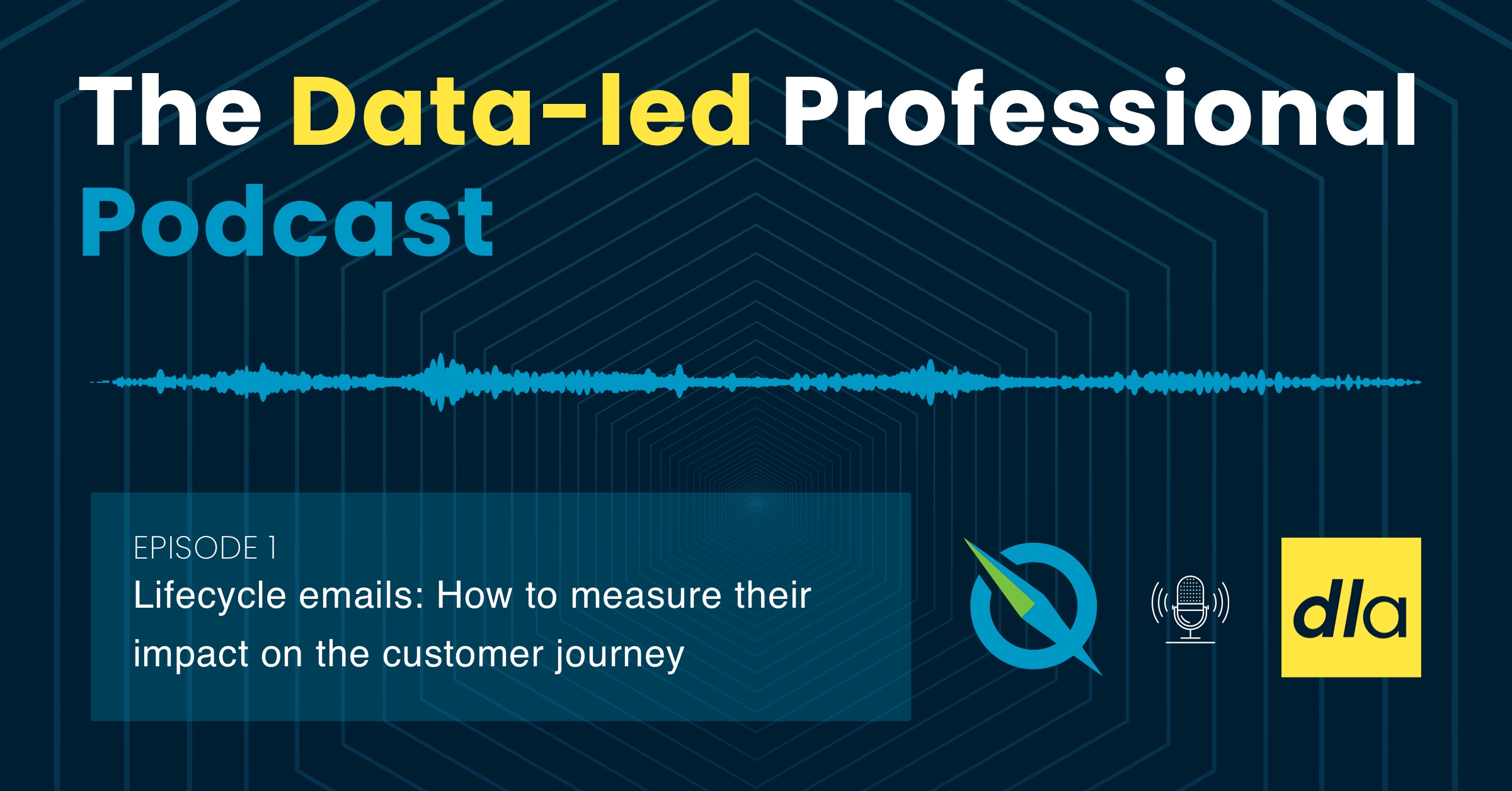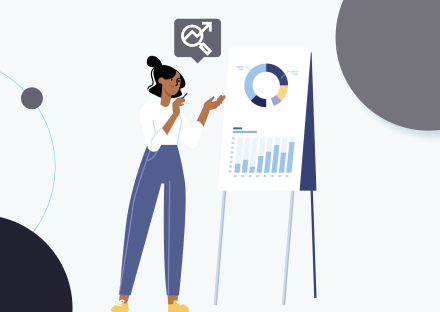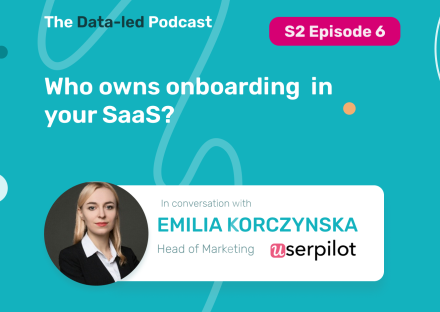Welcome to the pilot episode of The Data-led Professional Podcast.
With Claudiu Murariu, Founder of InnerTrends And Arpit Choudhury, Founder of Data-led Academy
A podcast dedicated to helping folks become data-led to build better products and experiences.
In its pilot episode, join hosts Claudiu Murariu and Arpit Choudhury as they sit down and tackle all aspects of lifecycle emails, from the basic principles and definition of a lifecycle email, to how the impact of lifecycle emails’ can and should be measured within your SaaS business.
Want to listen to the whole episode? Check it out here:
Subscribe for more episodes on your favorite platform or subscribe for InnerTrends updates here.
Listen on Apple Podcasts Listen on Spotify Listen on Google Podcasts Listen on StitcherWhat are lifecycle emails? And how are they different from transactional emails?
[A]: So transactional emails are emails that notify users about something related to how they’re using the product, or something to do with their account. You’re not promoting anything, you’re just letting them know what happened or what might happen.
[C]: Transactional emails are what we would call reactive emails. You do something in the platform, in the product, and you receive an update based on that. So the purpose of the transactional email is not necessarily to do something, it’s more to notify you of something. And I think that’s a very big difference between transactional emails and lifecycle emails. Because for lifecycle emails, there is a purpose, right?
The primary goal of lifecycle emails is to keep the user engaged, and most importantly, push the user to perform the desired actions. One of the main things that differentiates lifecycle emails from other types of emails is that lifecycle emails are based on actions or events performed – or not performed – by the user when they’re interacting with the product. And the goal is to tell the user what to do next.
[C]: Often, lifecycle emails are based on something you did not do. You were expected to do something, and because you did not do that, you received an email. Transactional emails are based on something you did, and lifecycle emails are based on something you did not do.
So can an email have a negative impact? And if so, how do you measure it? This is going to be tricky, right?
[C]: Yes, an email can have a negative impact. Typically, it’s because you are targeting people at the wrong stage of the lifecycle. And when I say that you’re targeting people at the wrong stage, I say it from the perspective of any type of email: lifecycle, marketing, or transactional. Whenever you send marketing emails, it’s important to examine the content, and all of the lifecycle stages that will open that content. Is it relevant to them?
But to answer the second part of the question, how do you measure the negative impact of an email?
[A]: I think that’s the hard part.
[C]: If you have a higher conversion rate of people that do not open the email than those that do open the email, clearly, you don’t want more people to open their email. So that’s what a negative impact would mean.
When you don’t measure the impact like that, you automatically assume that all of your emails have a positive impact, because all of your emails will have a conversion rate that’s equal to or higher than zero. So it’s not negative, right? But when you add the fact that people that did receive an email or did not open the email had a higher conversion rate, you realize, “Oh, that’s a possible negative impact. So maybe I should stop sending this email, or I should redefine it.”
One of the biggest problems is managing email unsubscribes when you use multiple tools.
[A]: Well, this is a huge, huge topic, especially when you are using multiple tools.
When you’re sending emails from different systems, it’s great. But for the user, you’re still one entity. They don’t care whether it’s a marketing email, or transactional email, or sales email, you’re still emailing the user, right? And if a user is annoyed by one of your emails, they’re going to hit unsubscribe.
So let’s say I know your product really well. I’ve used it at a previous company. Now I’m using it again at my new company. And I’m receiving all of those lifecycle emails, which I don’t really need, because I’m already an expert with your product. So I might just want to unsubscribe from lifecycle emails; I want to keep receiving marketing emails, I want to receive product updates, I might even be interested in sales emails. So I should be able to unsubscribe or turn off only those lifecycle emails.
If you don’t give users that option, if I hit “unsubscribe”, and it just says: “Thank you, now you’ve been unsubscribed,” the user expects that they will not hear from you at all. Which is hardly the case, because they will hear from you again. And if the user is already annoyed with your product, they are likely to mark the email as spam, which is really, really bad for your domain reputation, for your deliverability, etc.
Managing unsubscribes is something that should be figured out from day one of developing your email strategy. Whether you’re using one tool or five tools, you need your own subscription center. Because whenever you decide to plug in another tool, you don’t have to rethink your strategy. The subscription center is already in place, and you can just plug in another tool. And if I hit unsubscribe, you let me choose which email I want to unsubscribe from.
[C]: Yeah, exactly. It not only makes sense, I think it’s mandatory. If there’s anything that’s crazy, it’s that I’m not aware of a single product or SaaS business out there on the market that helps you manage the unsubscribes. This might be a very good business opportunity for somebody. So if you’re listening and don’t have a product idea yet, this might be a good idea to explore.
[A]: Some of my favorite SaaS businesses have definitely implemented that, and more and more companies are implementing various subscription centers. I have actually looked for a product that’s trying to solve this problem. I haven’t really found anything concrete, especially one that integrates with all of the common tools. So there’s definitely an opportunity there to build an interesting, useful product.
Tools mentioned during this episode:
Have any additional questions about lifecycle emails, or any topics you would like to hear covered on the The Data-Led Professional Podcast? Comment below! We can’t wait to hear from you.
Subscribe for more episodes on your favorite platform:
Listen on Apple Podcasts Listen on Spotify Listen on Google Podcasts Listen on Stitcher




